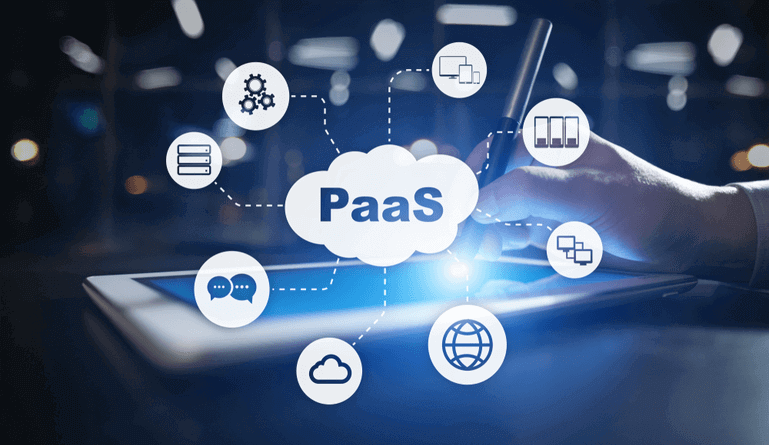Platform as a service (PaaS) is a specific cloud-based software solution. It is designed to support the whole lifecycle of web applications – from building and managing to updating. In PaaS, the developer is often responsible for managing the applications and services while the cloud service provider covers other aspects. Still, many developers don`t understand the core of PaaS in cloud computing to implement into their infrastructure. Today, we will introduce you to the main advantages and disadvantages of PaaS to consider.
What is a platform as a service (PaaS), and how does it work
PaaS is a specific deployment and development environment in the cloud that allows you to use resources to deliver various apps and applications. The cloud service provider gives you needed help. You pay for them and get access via a secure network. Platform as a service incorporates the infrastructure that contains storage, servers, networking, database management systems, development tools, etc. This cloud-based solution stands out at the expense of high availability, scalability, and multi tenant infrastructure.
Multiple companies and organizations use PaaS for different purposes. For instance, PaaS is great for analytics, providing an ability to analyze data, get insights, and improve forecasting and other business decisions. Additionally, PaaS can be used to optimize the security level, enhance workflow and scheduling, and more.
PaaS advantages and disadvantages
Pros:
1. Effective managing the lifecycle of applications
PaaS allows a developer to get the capabilities required to support the entire web application lifecycle. Creating, testing, deploying, managing, and updating the application is done in the same virtual environment.
2. Ability to work remotely
While PaaS offers access via the Internet, employees can efficiently work from any location. This allows development teams from remote areas to get together and achieve more productivity and efficiency.
3. Available tools are pretty affordable
PaaS often offers a pay-as-you-go model that means organizations and businesses can use even sophisticated tools without hassle. Different analytics tools and software applications are now available for individuals for minimal costs.
4. Optimized cross-platform apps use
Multiple cloud service providers offer development for many platforms, like computers, mobile devices, browsers, etc. This improves the working of cross-platform apps, making them download faster and develop quickly.
5. Great scalability
PaaS ensures developers can quickly scale up or scale down their business without changing software applications. It helps to meet the current demand on the market.
Cons:
1. Data privacy
Whether the information is not placed within the walls of a corporation, there might be a risk of changing or enter the data by someone else.
2. Vendor lock-in
In PaaS, migration to another vendor might be a true challenge. It happens since a vendor has already built the applications for a specific platform.
3. Issues with integration
One more important thing is that you might encounter troubles with integration with the rest of the applications since some are in the cloud and others are local.

